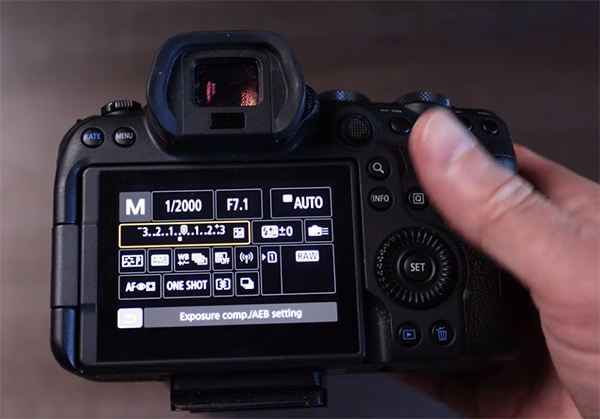Never Miss a Fleeting Wildlife & Nature Photo with These Camera Settings & More (VIDEO)
We’ve all had the misfortune of failing to capture a dynamic fleeting moment when shooting in the field. Sometimes that’s because of poor reflexes, a lack of anticipation, ineffective planning, or incorrect camera settings. Whatever the cause, the tutorial below from one of our favorite instructors will greatly increase your chances of success.
Simon d’Entremont is an experienced Canadian pro, specializing in wildlife, nature, and astrophotography. In this eight-minute episode you’ll see how he always seems to capture a money shot—even when his subjects are in motion. Simon puts it like this: “In this video I’ll teach you my five top tricks to improve the odds that you don’t miss the next golden photo opportunity that happens unexpectedly right in front of you.”
Simon illustrates his methods with beautiful imagery, and he begins by urging you to always have your camera configured with the appropriate “walk-around settings” for the task as hand, before getting to work. You’ll also want to have the lens and any filters you anticipate using mounted to the camera as you begin to explore.

You can always modify these preliminary settings if and when the light and other conditions change. But as Simon says, “you can’t do it the other way around” if you want to be instantly prepared for the subjects and action you expect to confront. His favorite walk-around settings with a long lens are a shutter speed of 1/2000 at f/7.1, and Auto ISO. He also dials in -1/3 EV compensation so as to preserve any bright highlights within the frame.
Of course your walk-around settings may differ from Simon’s depending upon on your favorite style and genre of shooting, the lens you employ, and the prevailing lighting conditions of the day. Simon’s next step is to set up an “emergency button” on the camera if the model you use accommodates this manner of customization. As a wildlife photographer, he configures a custom function for nine focus points, the lens at maximum aperture, the aforementioned shutter speed of 1/2,000, and Auto IS0.
This way he can instantly jump back to his walk-around settings if he had to change them for something unusual. Then it’s almost point-and-shoot when a great opportunity arises, with no need to fumble around resetting the camera and potentially missing a shot.

These are but two of the five technique that Simon reveals. While watching him explain how they work, think about how they pertain to the types of images you shoot most. Then you’ll be well prepared the next time you head out into the field.
If wildlife and nature photography ring your bell, be sure to take a look at Simon’s instructional YouTube channel where there’s much more to learn.
We also suggest watching another of Simon’s tutorials that we posted in the past, explaining several of his tricks for capturing great nature and wildlife photographs in bad light.




